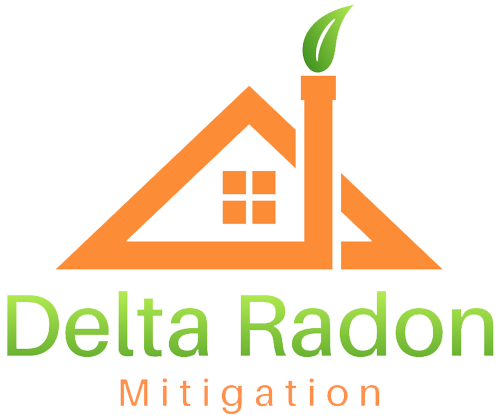Radon is a colorless, odorless, and tasteless radioactive gas that naturally occurs from the breakdown of uranium in soil, rock, and water. It can accumulate in homes and pose serious health risks, especially lung cancer.
FAQ
Radon Mitigation FAQ
Radon exposure is the second leading cause of lung cancer in the U.S. and the primary cause among non-smokers. Long-term exposure to high radon levels significantly increases the risk of developing lung cancer.
Radon enters homes through cracks in the foundation, walls, and floors, as well as through gaps around pipes and cables. It can also be released from water sources, especially well water.
You can test for radon using DIY test kits available at hardware stores, but it is recommended to use professional testing services for accurate results. Typical short-term tests last for 2-7 days.
The Environmental Protection Agency (EPA) recommends taking action if radon levels in your home are 4.0 picocuries per liter (pCi/L) or higher. However, any radon exposure carries some risk, and even levels below 4.0 pCi/L can pose a health risk.
Radon mitigation is the process of reducing radon levels in a building. This typically involves installing a system that vents radon gas from beneath the foundation to the outside air, preventing it from entering the home.
A radon mitigation system uses a specialized fan and a network of pipes to draw radon gas from beneath the foundation and expel it outside, away from windows and other openings. This reduces radon levels inside the home.
A typical radon mitigation system can be installed in one day, though the time may vary depending on the home’s size, foundation type, and layout.
Radon mitigation systems are highly effective, often reducing radon levels by up to 99%. Regular maintenance and testing ensure the system continues to function properly.
Yes, regular maintenance and periodic inspections are recommended to ensure the system functions effectively. This includes checking the fan, pipes, and seals, and conducting follow-up radon tests.
Many radon mitigation systems come with a manufacturer’s warranty, typically covering the fan for five years. Contact us for specific warranty details.
The cost of radon mitigation varies depending on the home’s size, design, and the system type. On average, homeowners can expect to pay between $1400 and $1800 per system for a professionally installed system.
It’s recommended to test your home for radon every two to three years, or after any major renovations or changes to your home’s structure. Regular testing ensures your mitigation system remains effective and your home stays safe.
To schedule a radon mitigation system inspection or repair, contact Delta Radon Mitigation. Regular inspections and prompt repairs ensure your system continues to protect your home effectively.
